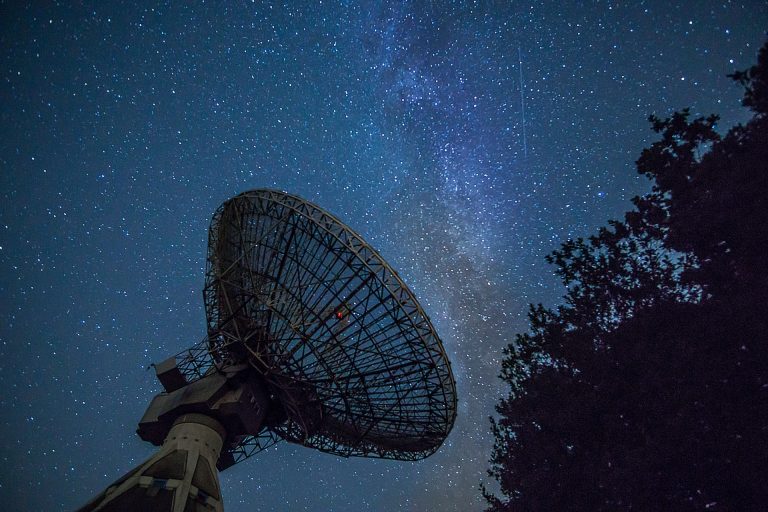Elon Musk, the CEO of Tesla and SpaceX, stated in a recent tweet that there will be no need for ground stations everywhere in the event of satellite-broadband service, Starlink, soon. This will assist the service in achieving data transfer speeds that are near to, if not faster than, the speed of light.
Musk was responding to a tweet from Twitter user and internet rocket scientist Scott Manley, who raised the issue of the need for downlink stations in broadband services. Musk responded by stating that the Starlink satellites, which are scheduled to launch in the next 4 to 6 months, will have inter-satellite laser links, and thus no local downlink stations will be required.
Afterward, Manley inquired as to whether there was a significant change aside from the lasers, and if they required more onboard processing for packet routing, or whether they had been designed with sufficient capacity previous to the installation of laser interlinks.
According to Elon Musk, “Processing is not a concern.” Laser connections eliminate the need for ground stations, allowing data to be sent from Sydney to London through space at a speed 40 percent quicker than fiber and over a shorter distance. Furthermore, there is no requirement for ground stations anywhere. The Arctic will have a lot of available bandwidth!”
Processing is not an issue. Lasers links alleviate ground station constraints, so data can go from say Sydney to London through space, which is ~40% faster speed of light than fiber & shorter path.
Also, no need for ground stations everywhere. Arctic will have great bandwidth!
— Elon Musk (@elonmusk) September 2, 2021
Is data transport, on the other hand, carried out at the speed of light? Somewhat. The speed of light is 3,00,000 kilometers per second. Infrared light is utilized to transmit data since it is the wavelength that is used via long-distance optical fiber, which travels at around 2,00,000 km/sec, which is the speed of light through glass.
In addition to internet traffic, users will have to consider the potential of data traveling via supporting network components such as network routers and optical transceivers, which tend to reduce the average speed.
Musk’s Starlink has pledged to provide high-speed internet access in places where there is little or no existing network. According to Starlink’s website, “Starlink satellite will minimize latency to such an extent that it will enable users to obtain speeds that are normally not achievable with regular satellite internet.”
“Latency is defined as the amount of time it takes for data to get from one place to another. When satellites are far away from the Earth, latency is significant, resulting in poor performance for activities such as video chats and online gaming, according to Starlink Communications Corporation.
Starlink satellites, on the other hand, are more than 60 times closer to the Earth than conventional satellites. Earlier this month, Musk suggested that the Starlink satellite internet service would soon be available in India and that the firm was awaiting regulatory permission before making the announcement.

